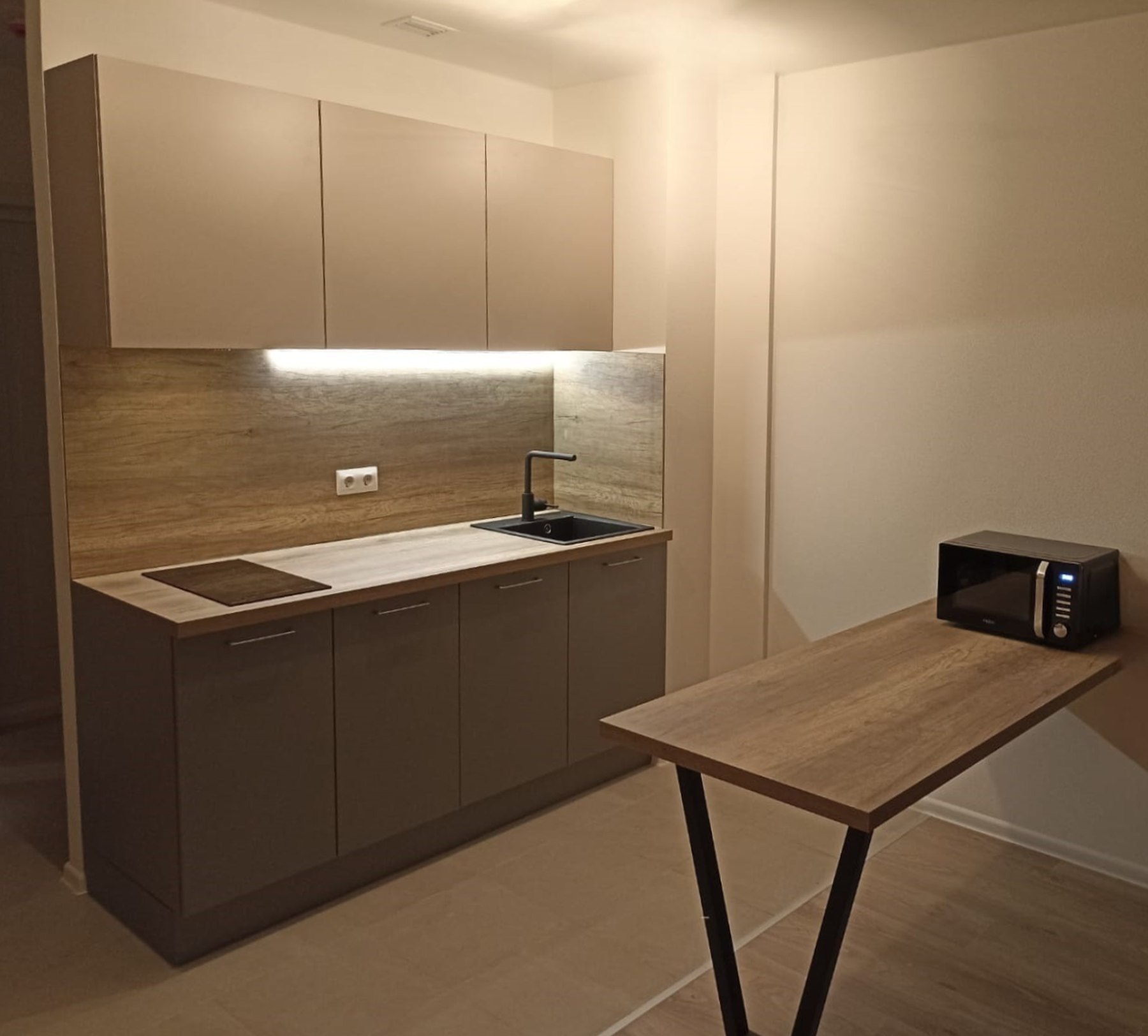
Innovative Culinary Spaces Designed to Inspire
Embracing Modern Designs
In the rapidly evolving world of gastronomy, innovative culinary spaces have become essential for inspiring chefs and pleasing diners. The newest wave in kitchen design integrates state-of-the-art technology with sustainable materials to create eco-friendly and efficient cooking environments.
The Rise of Open Concept Kitchens
One of the most significant trends in culinary design is the open concept kitchen. This design invites diners to watch as their meals are prepared, fostering a connection between the chef and the customer. Transparent kitchens also emphasize the importance of food integrity, allowing guests to witness the quality and craftsmanship that goes into every dish.
Interactive Culinary Experiences
To enhance the dining experience, many modern culinary spaces are including interactive elements. For instance, cooking stations where guests can participate in food preparation or learn from the chefs are becoming increasingly popular. Such interactive kitchens not only entertain but also educate patrons about the culinary arts.
Multi-Functional Spaces
Modern culinary spaces are designed to serve multiple purposes. From hosting cooking classes to transforming into event venues, these carefully thought-out designs allow for a variety of activities beyond just dining. Flexible spaces with movable components and adjustable lighting make it possible to shift the atmosphere to suit different occasions.
Investing in Technology
Top-of-the-line appliances and smart kitchen gadgets have become staples in innovative culinary spaces. From precision cookers to intelligent ovens that can be controlled via smartphone, cutting-edge technology assists chefs in creating consistently outstanding dishes. Moreover, these tech advancements can lead to more energy-efficient kitchens, reducing the environmental impact of fine dining.
Farm-to-Table Features
Some culinary spaces are taking the farm-to-table concept even further by integrating gardens and small farms into their design. Herb walls, indoor vegetable planters, and rooftop gardens not only provide chefs with the freshest ingredients but also add a green, lush aesthetic to the space, which can be both calming and visually pleasing for diners.
Conclusion: A Focus on Sustainability and Experience
At the heart of these innovative designs is a focus on sustainability and the dining experience. Culinary spaces that embrace new technologies and designs not only inspire chefs and delight diners but also pave the way for a more sustainable and interactive future in the culinary arts. As we continue to reimagine the boundaries of dining, these innovative spaces set the stage for a richer, more connected food culture.